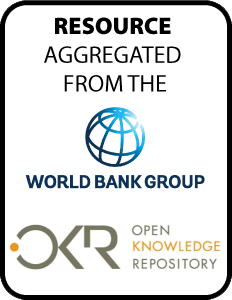Resource information
What is second-generation biofuel
technology worth to global society? A dynamic, computable
partial equilibrium model (called FABLE) is used to assess
changes in global land use for crops, livestock, biofuels,
forestry, and environmental services, as well as greenhouse
gas emissions, with and without second-generation biofuels
technology. The difference in the discounted stream of
global valuations of land-based goods and services gives the
value of second-generation technology to society. Under
baseline conditions, this to amounts to $64.2 billion at
today's population or an increase of roughly 0.3
percent in the valuation of the world's land resources.
This gain arises despite the fact that, in the baseline
scenario, the technology does not become commercially viable
until 2035. Alternative scenarios considered include:
diminished crop yield growth owing to adverse climate
impacts, flat energy prices, low economic growth, and high
population growth, as well as greenhouse gas regulation. The
most important factor driving second-generation valuation is
greenhouse gas regulation, which more than doubles the
social value of this technology. Flat energy prices
essentially eliminate the value of second-generation
technology to society, and high population growth reduces
its value because of the heightened competition for land for
food production.


